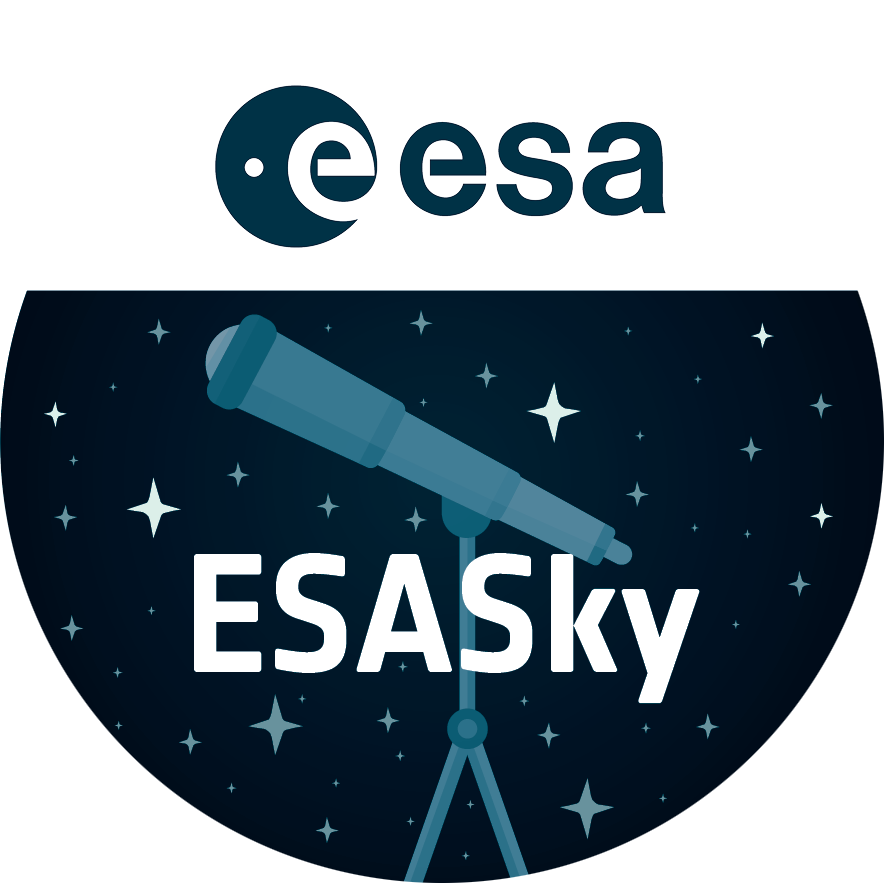Galaxy cluster MACS J1149+2223
In this image the many galaxies of the massive cluster MACS J1149+2223 dominate the scene. This cluster played an important role in discovery of the newfound galaxy, known as MACS1149-JD. Gravitational lensing by this giant cluster brightened the light from the galaxy some 15 times, a galaxy which may be the most distant ever observed. For more detailed images of the galaxy see here.
Credit:NASA, ESA, W. Zheng (JHU), M. Postman (STScI), and the CLASH Team
About the Image
NASA press release
| Id: | opo1231b |
|---|---|
| Type: | Observation |
| Release date: | 20 September 2012, 14:44 |
| Size: | 2424 x 2341 px |
About the Object
Classic Wallpapers
Coordinates
| Position (RA): | 11 49 35.79 |
|---|---|
| Position (Dec): | 22° 23' 58.68" |
| Field of view: | 2.62 x 2.53 arcminutes |
| Orientation: | North is 12.8° left of vertical |
Colours & filters
| Band | Wavelength | Telescope |
|---|---|---|
| Optical B | 435 nm |
Hubble Space Telescope
ACS |
| Optical g | 475 nm |
Hubble Space Telescope
ACS |
| Optical V | 555 nm |
Hubble Space Telescope
ACS |
| Optical V | 606 nm |
Hubble Space Telescope
ACS |
| Optical r | 625 nm |
Hubble Space Telescope
ACS |
| Optical i | 775 nm |
Hubble Space Telescope
ACS |
| Optical I | 814 nm |
Hubble Space Telescope
ACS |
| Optical z | 850 nm |
Hubble Space Telescope
ACS |
| Infrared Z | 1.05 μm |
Hubble Space Telescope
WFC3 |
| Infrared J | 1.1 μm |
Hubble Space Telescope
WFC3 |
| Infrared J | 1.25 μm |
Hubble Space Telescope
WFC3 |
| Infrared J/H | 1.4 μm |
Hubble Space Telescope
WFC3 |
| Infrared H | 1.6 μm |
Hubble Space Telescope
WFC3 |


